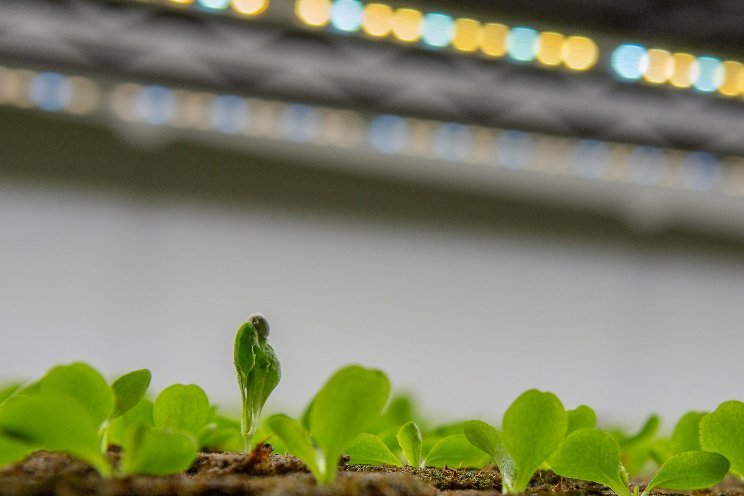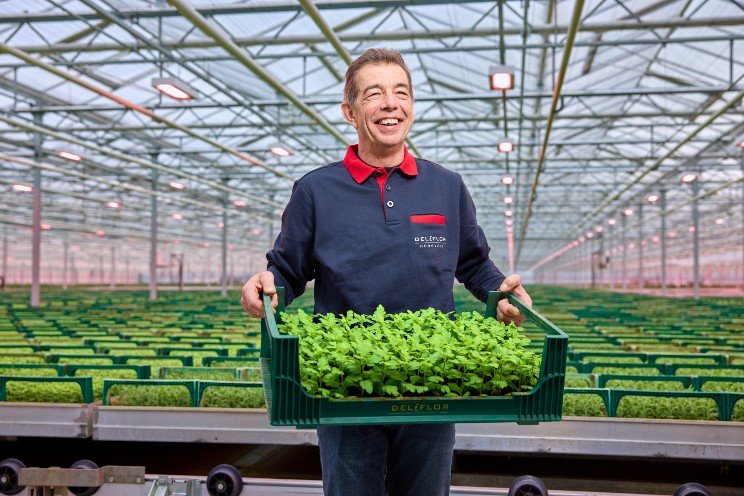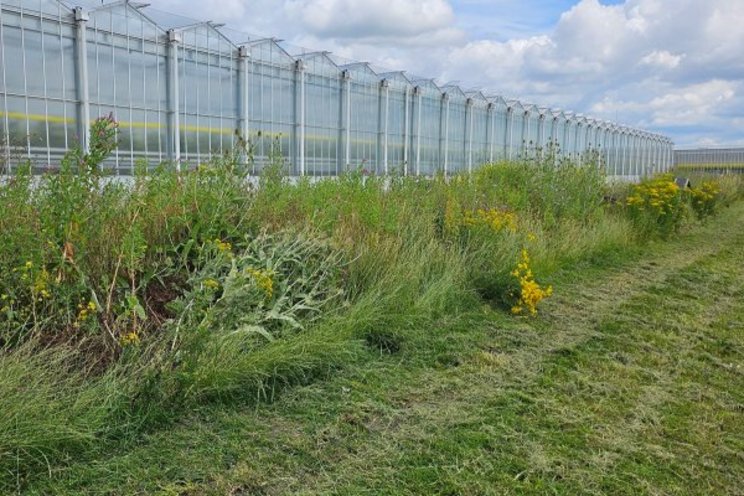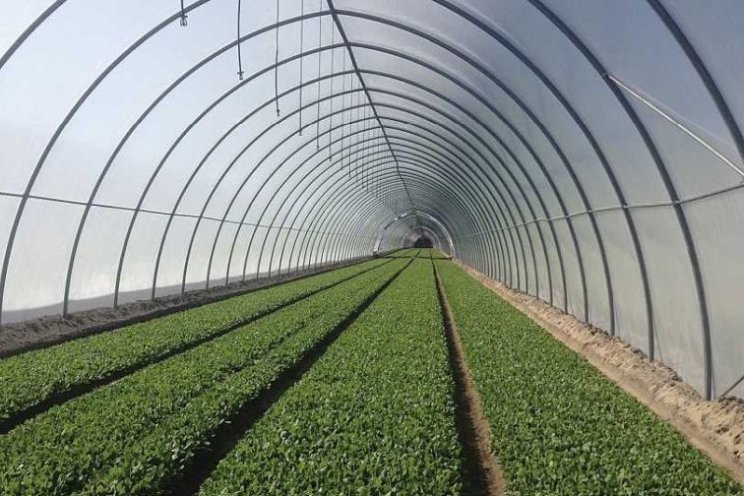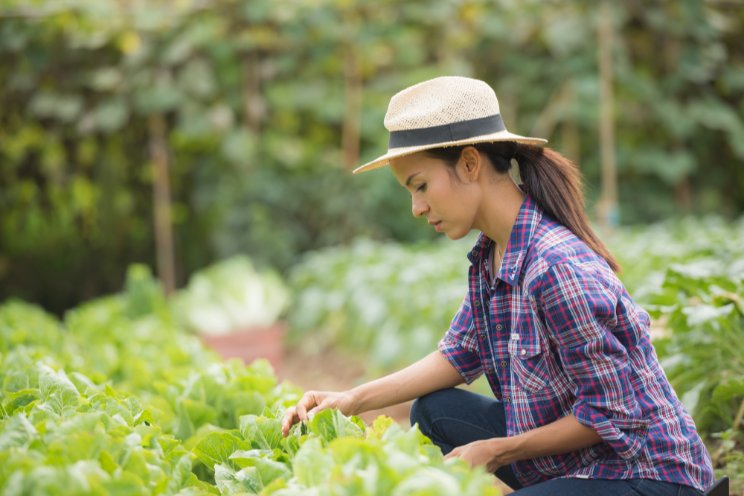Ways Suståne improves culinary herb production
Added on 02 December 2022
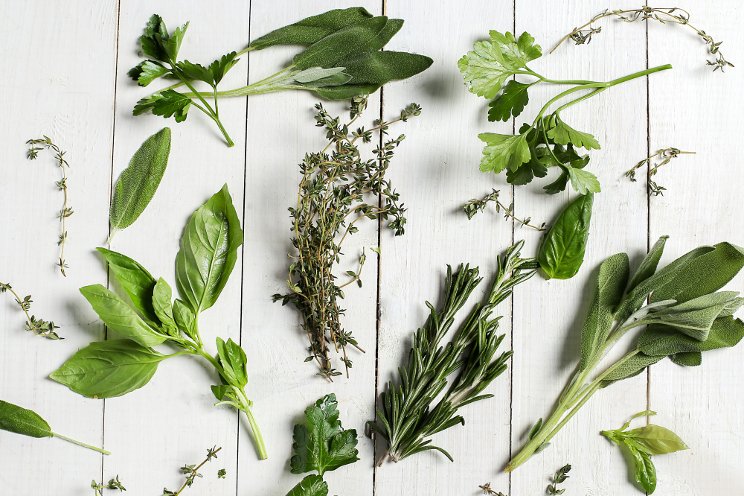
While there are a wide variety of organic fertilizers available, finding a fertilizer source that is consistent, uniform, and easy to incorporate into production makes producing an organic crop much easier. Suståne is an organic fertilizer utilizing turkey poultry litter with a 45-day release period available in fine- and medium-grade particle sizes with a guaranteed analysis providing all primary and secondary macronutrients and iron. Given the nutrient analysis, release period, and availability in a fine-grade particle size, Suståne is an excellent candidate for a slow-release fertilizer to incorporate into organic culinary herb production.
Our team of researchers recently designed a study to determine what concentrations of Suståne would be useful for growing organic herb seedling plugs.
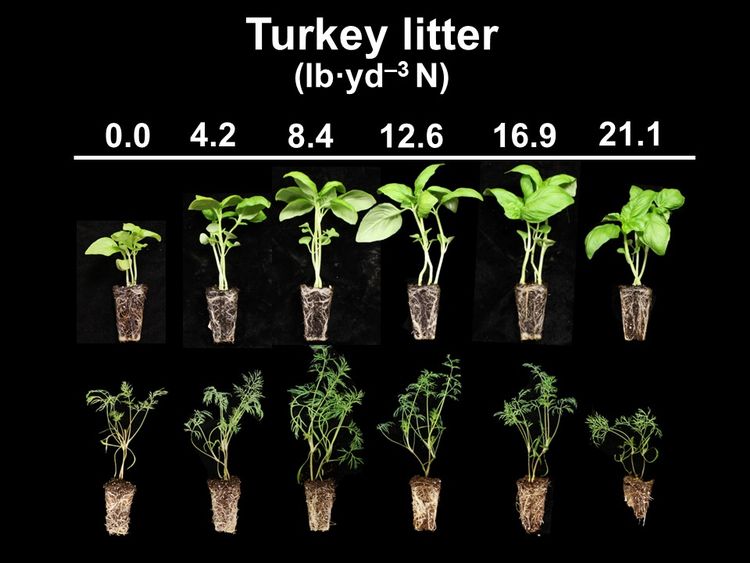
Courtesy of Michigan State University MSU Extension
Researchers study organic herbs
To determine what organic turkey litter fertilizer concentrations were most appropriate for producing plugs, we selected six of the most popular culinary herbs for our study, including sweet basil (Ocimum basilicum ‘Nufar’), purple basil (Ocimum basilicum ‘Red Rubin’), common sage (Salvia officinalis), flat-leaf parsley (Petroselinum crispum ‘Giant of Italy’), cilantro (Coriandrum sativum ‘Leisure’), and dill (Anethum graveolens ‘Hera’). All seeds were supplied from a commercial source and were certified organic for this study.
Prior to filling plug trays, the organic propagation substrate was amended with a fine-grade fertilizer (8N–4P–4K; Suståne) comprised of composted turkey litter, feather meal, and sulfate of potash at one of six different concentrations: 0, 4.2, 8.4, 12.6, 16.9, or 21.1 lbs. of fertilizer per cubic yard of substrate. While these concentrations may seem high compared to the concentrations of conventional or traditional controlled-release fertilizers commonly used in commercial production, it is important to note that the nitrogen concentration in the organic fertilizer we used is roughly 25% to 50% lower than many conventional controlled-release fertilizers.
Photo created by Racool_studio - www.freepik.com
More news

